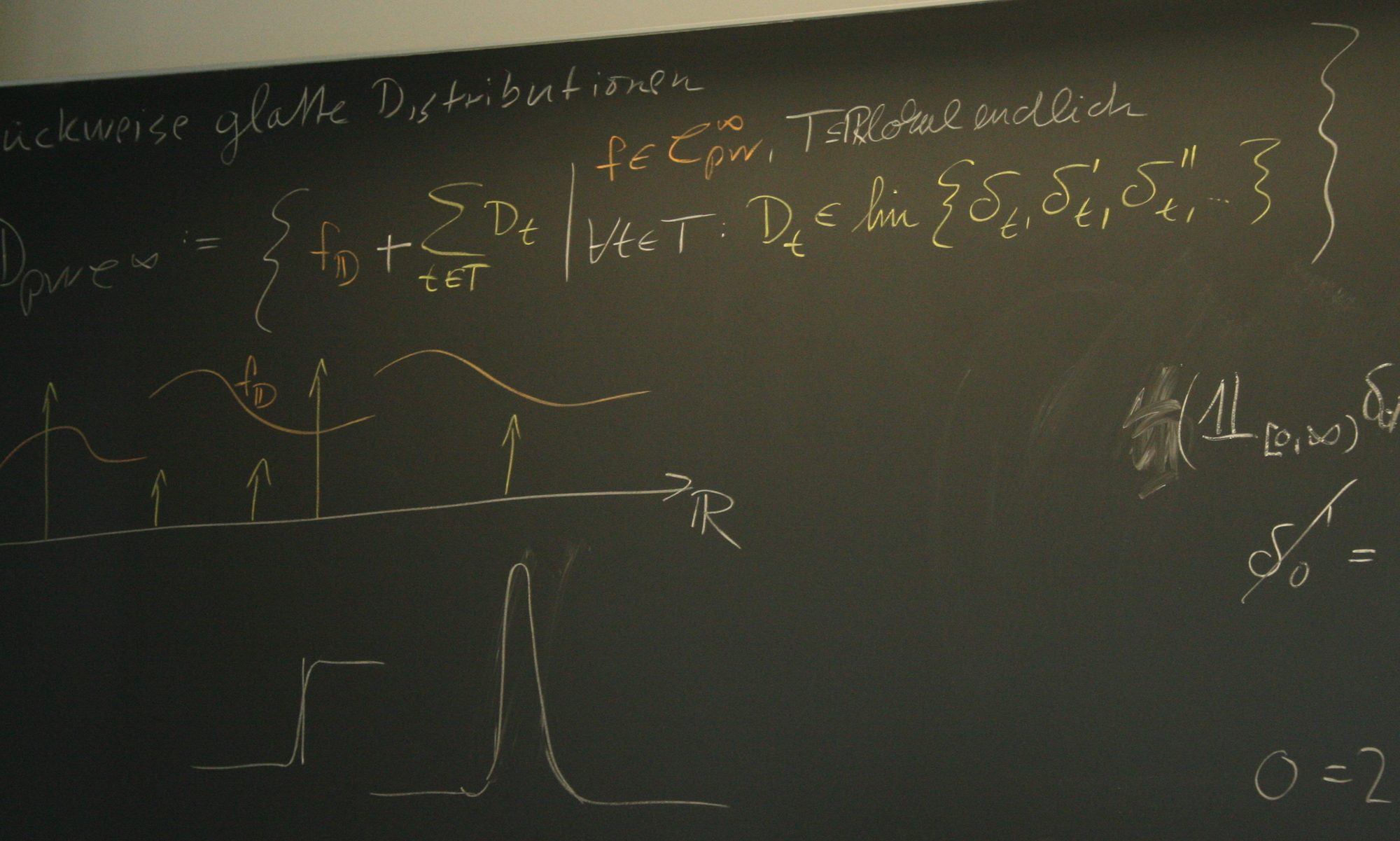Trenn, Stephan; Haidar, Ihab; Mason, Paolo; Sigalotti, Mario On the equivalence of Lyapunov exponents for switched DAEs and corresponding singular perturbed system Unpublished 2025, (submitted). @unpublished{TrenHaid25pp,We are interested in the relationship between the stability properties of a singularly perturbed switched system and those of the corresponding limiting switched system. In some recent work, it has been shown that for a large class of singularly perturbed systems the worst case exponential growth rate for sufficiently small perturbation parameters is lower bounded by the growth rate of the limiting switched system. However, examples show that there could be a positive gap between these bounds. Here we want to investigate this gap further by first observing that the limiting switching system is in fact a switched differential-algebraic equation (switched DAE) for which numerous stability results are already available. Based on the underlying geometric structure of the switched DAE we introduce the concept of structurally aligned singular perturbations and show for the commuting case that indeed there is no gap. We also provide an example which has a commuting limiting switched DAE, but for which the singular perturbations are not structurally aligned and there is indeed a gap between the growth bounds. |
Cimpean, Radu; Sterk, Alef; Trenn, Stephan ISS for PWA systems Unpublished 2025, (submitted). @unpublished{CimpSter25pp,We offer a way to construct an ISS type bound for a PWA system. Starting from an ISS Lyapunov function in each region of the state space (called regional ISS Lyapunov function), and under suitable assumptions, we patch these functions and obtain initially a practical ISS type bound. After that, depending on the input size, we have to consider a distinction between large and small inputs. The large inputs dominate the dynamics and may induce region transitions, while the small inputs are sufficiently attenuated to direct and keep the trajectory within the region containing the equilibrium. The threshold between these regimes plays a key role in determining the point at which the system decays towards the equilibrium. By unifying the analysis across these input regimes, we provide a complete ISS-type bound valid for all admissible inputs. Consequently, the global ISS property is ensured, and further refined analysis can be applied. |
Submitted
On the equivalence of Lyapunov exponents for switched DAEs and corresponding singular perturbed system Unpublished 2025, (submitted). |
ISS for PWA systems Unpublished 2025, (submitted). |

